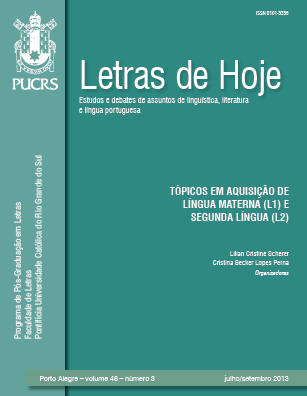Neuroscience discoveries for emergent literacy and reading
Keywords:
Neuroscience, Emergent literacy, Reading, Recycling, InvarianceAbstract
I examine how neuroscience contributes to the understanding of the processes involved in emergent literacy and reading and to the understandind of recycling of neurons in the left ventral occipitotemporal region for the recognition of invariant features that distinguish the letters between them, and for the recognition of letters and graphemes associated with phonemes with the function of distinguishing meanings. In this region there are projections for areas that process verbal language and meaning: such processes occur in parallel, with simultaneous inputs and outputs information. Recent findings suggest the best methods for emergent literacy and the development of skills in reading and writing, allowed because human neurons are endowed with plasticity for learning new recognitions. It should be noted the more complex learning: overcoming the symmetrical processing of light signals to which neurons of vision are originally programmed.
Downloads
Downloads
Published
How to Cite
Issue
Section
License
Copyright
The submission of originals to Letras de Hoje implies the transfer by the authors of the right for publication. Authors retain copyright and grant the journal right of first publication. If the authors wish to include the same data into another publication, they must cite Letras de Hoje as the site of original publication.
Creative Commons License
Except where otherwise specified, material published in this journal is licensed under a Creative Commons Attribution 4.0 International license, which allows unrestricted use, distribution and reproduction in any medium, provided the original publication is correctly cited.






